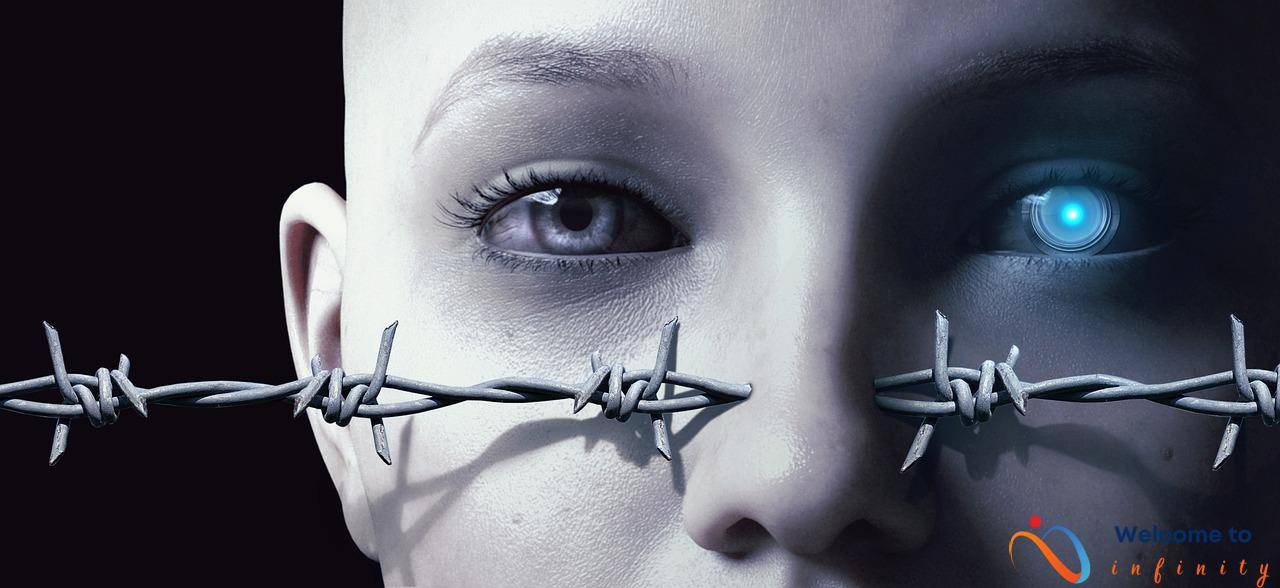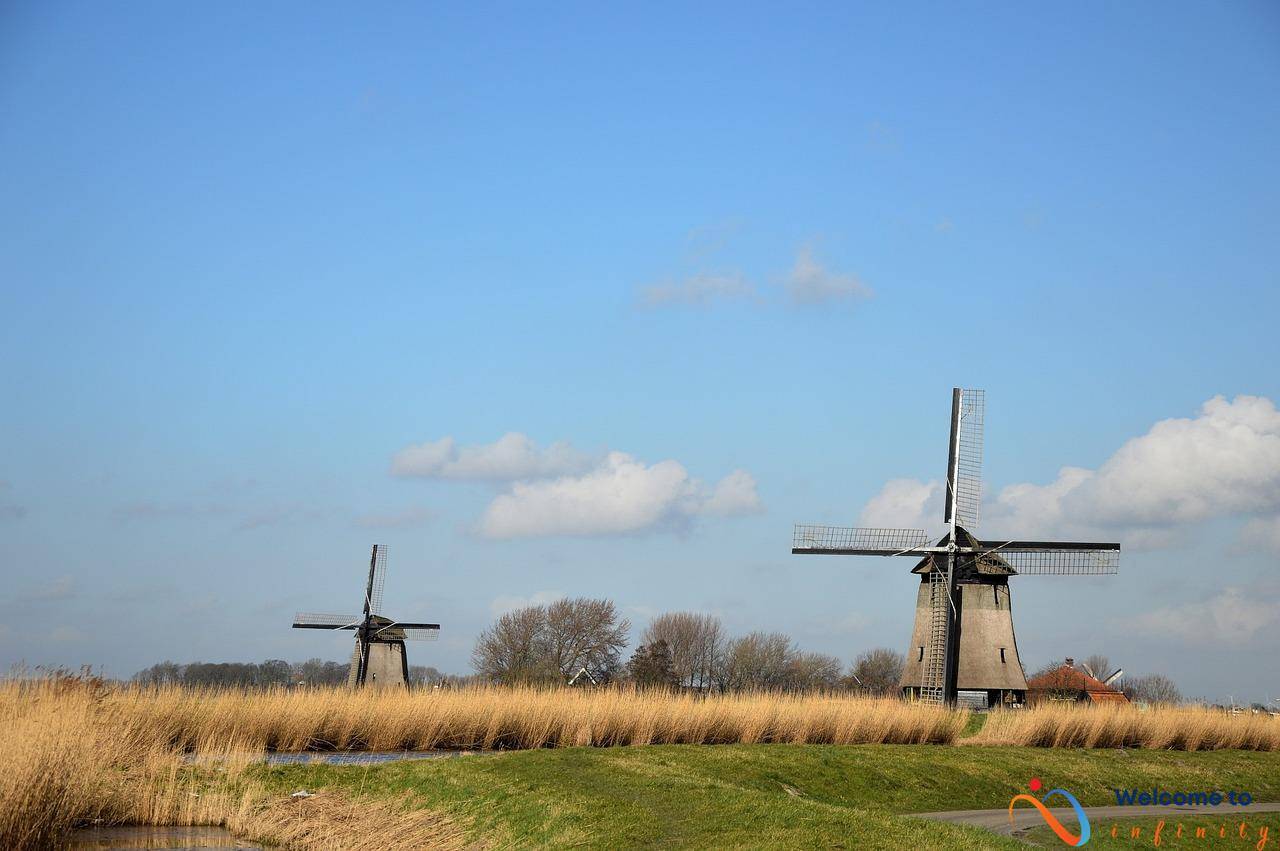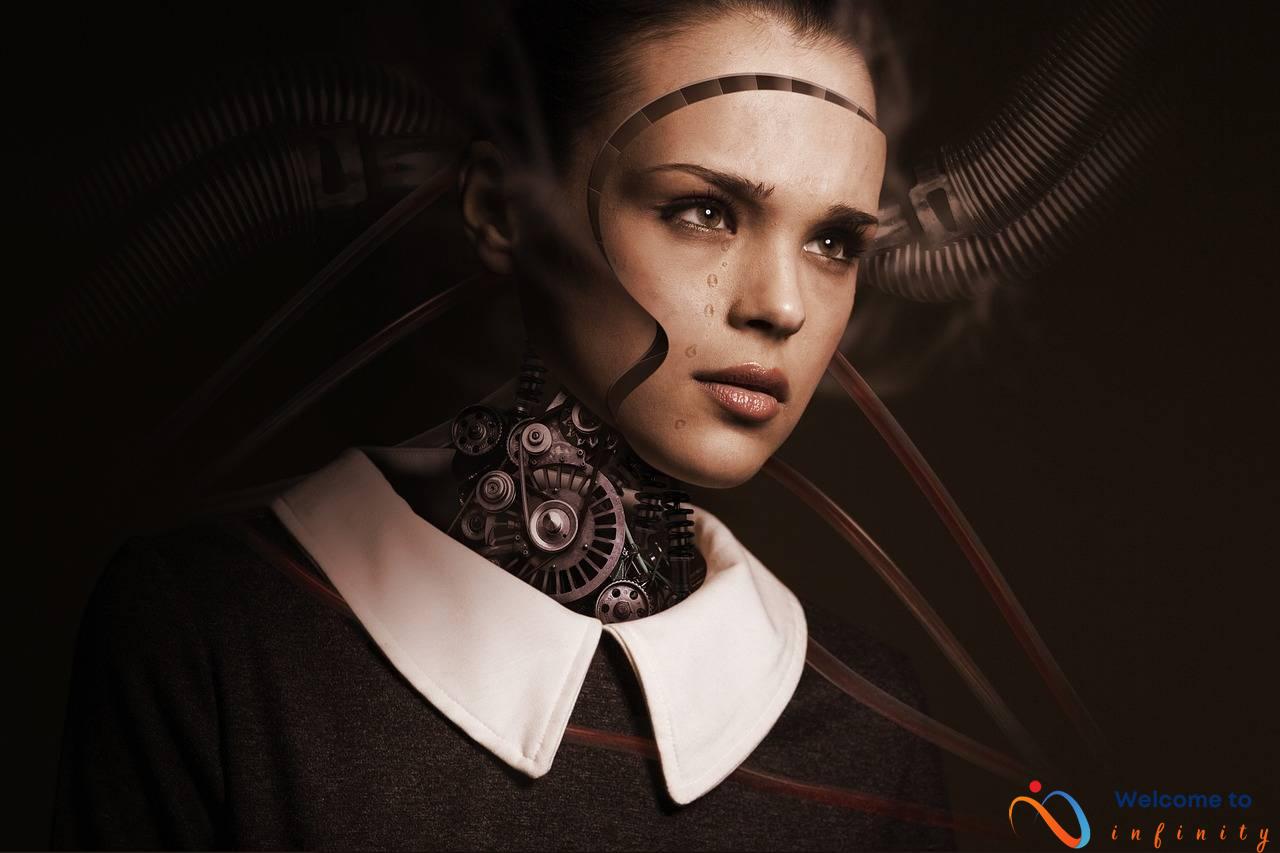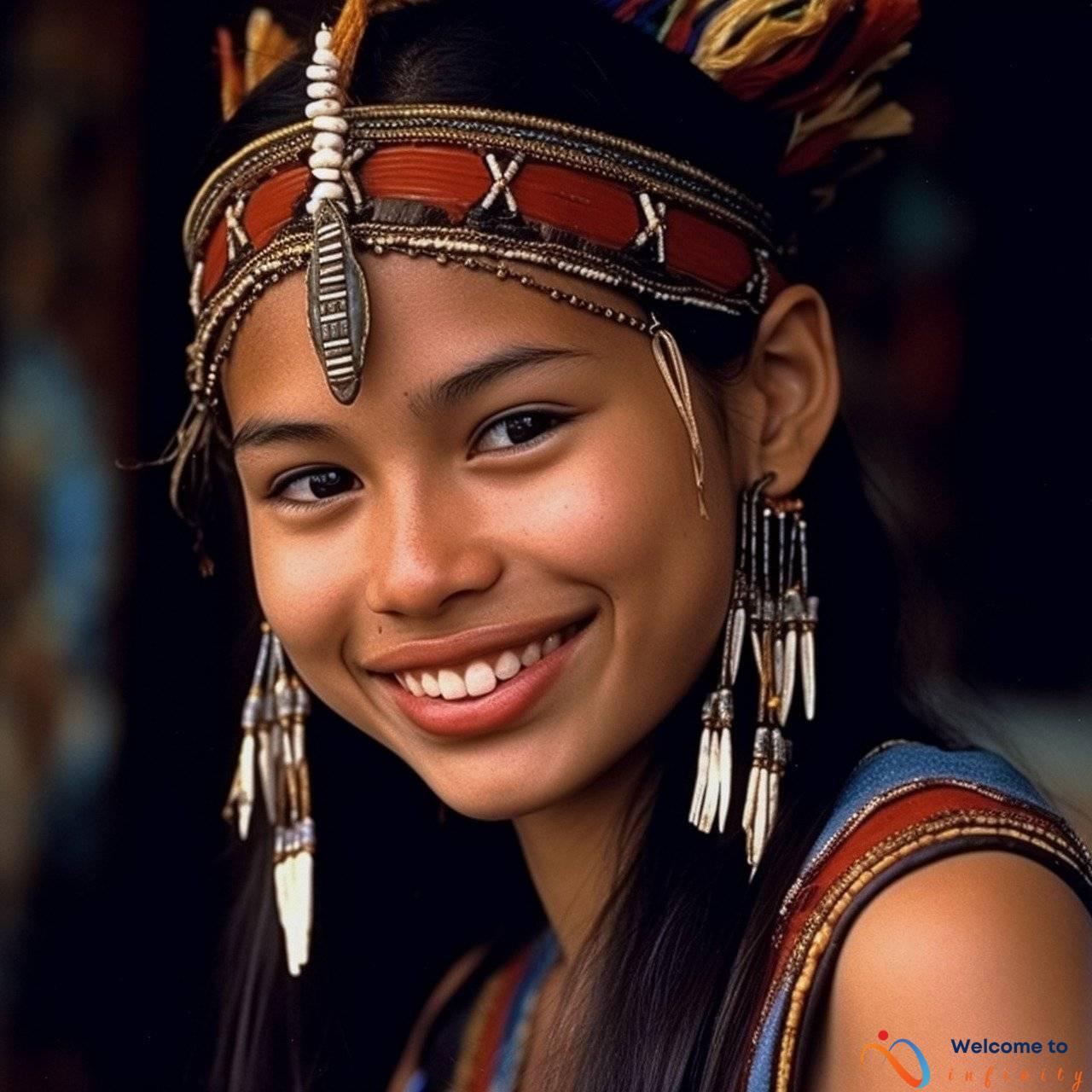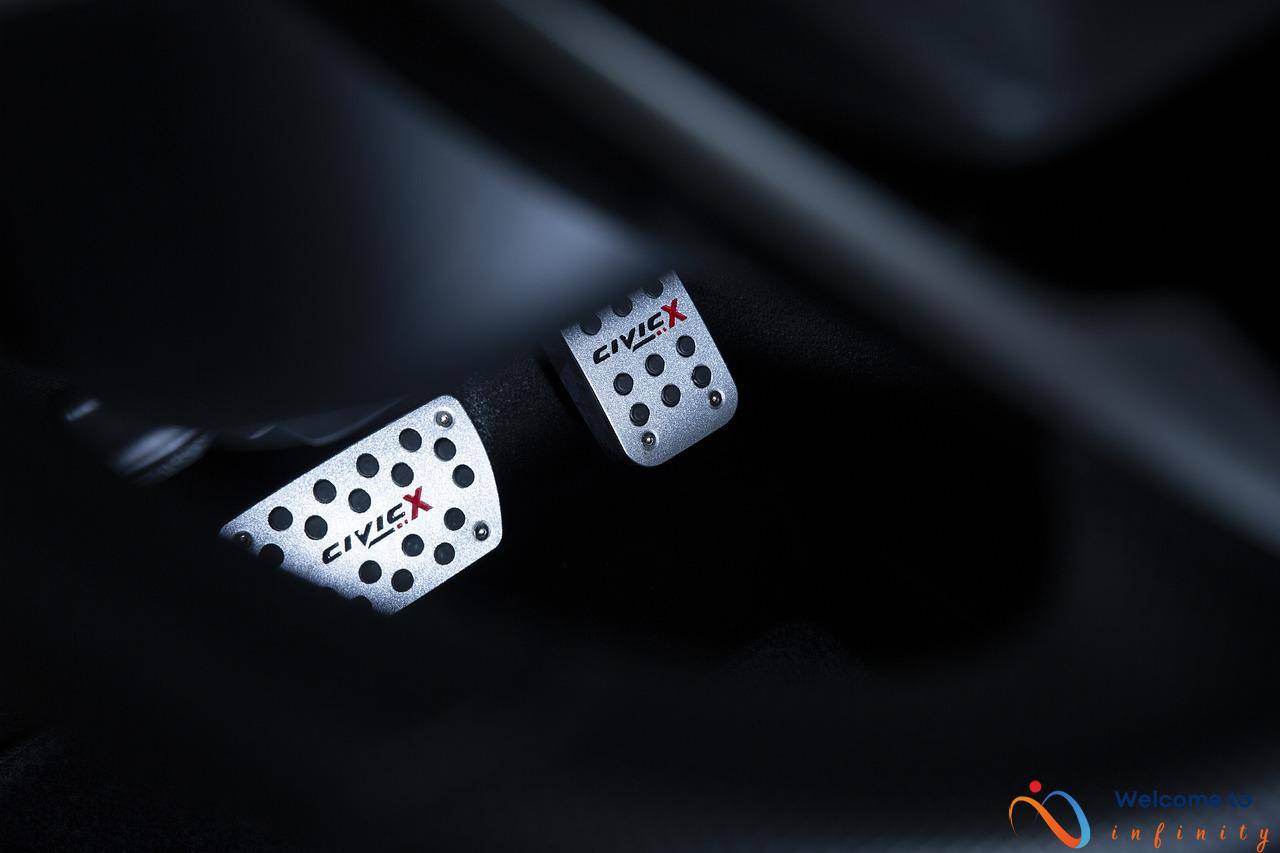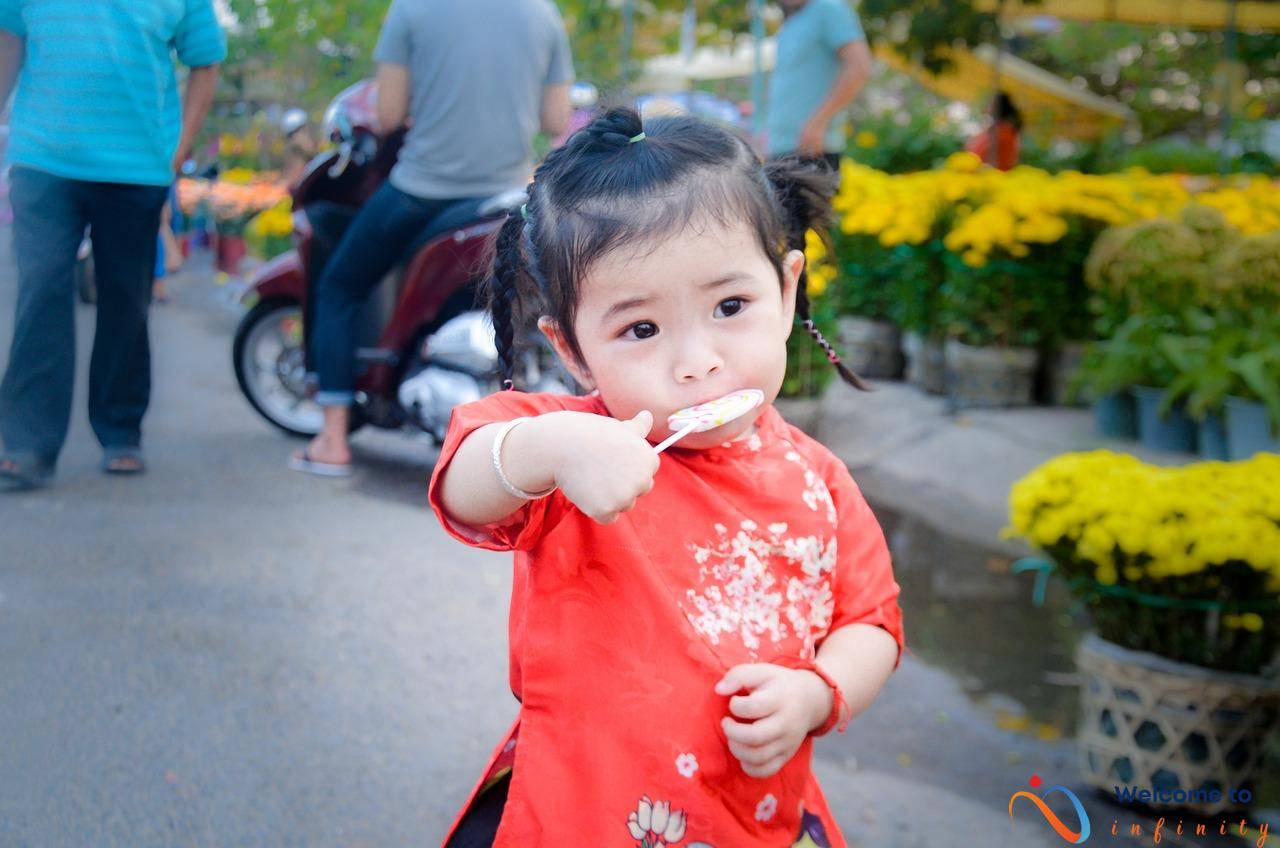Hairstyling has been an important part of cultural and social practices throughout history, and it continues to be so in modern times. the roots of hairstyling can be traced back to ancient times when Egyptians were known for their elegant wigs and hair dyes, while Romans used a variety of tools and techniques to create intricate styles.
In medieval times, religious beliefs played a significant role in hairstyling, with many women opting for covered hairstyles in accordance with their faith. The Renaissance period saw a shift towards more natural hairstyles, and elaborate accessories became popular as well. During the Victorian era, hairstyling became an art form, with elaborate updos and intricate braids being popular styles.
The modern era has seen a great variety of hairstyling trends, from the afros of the 1970s to the sleek bobs of the 2000s. Today, there is a greater emphasis on natural hair and inclusivity in the beauty industry, with more and more people embracing their unique hair textures and styles. Hairstyling traditions from around the world continue to influence modern trends and styles, highlighting the beauty and diversity of different cultures.
Ancient Times
Hairstyling in ancient times was more than just a fashion statement, it played a critical role in cultural and social practices. Across different civilizations worldwide, hairstyles were used to denote various things from social status to religious beliefs.
The Egyptians, for example, believed that hair was a symbol of power and wore elaborate wigs adorned with precious jewels to showcase their wealth and status. They were also the first to use hair dye, with henna being used to color their hair a deep red or black. Similarly, in ancient Rome, hairstyles were used to signify marital status and wealth. Elaborate hairstyles were created using combs and hairpins, and women even slept with wire cages around their heads to maintain their hairstyles overnight.
Hairstyling was not just limited to women; men also had distinctive hairstyles in ancient times. In ancient Greece, hairstyles for men were used to denote social status, with slaves having shaved heads and men of status sporting long curly hair. Ancient China also had specific hairstyles for men, such as the traditional topknot, which was worn by government officials and the wealthy.
The intricate hairstyles of ancient times were often seen not just as a symbol of social status or power but also as a form of art. Complex styles involving braids, twists, and intricate updos were popular, and the tools and techniques involved in these styles were passed down through generations.
Egyptian Culture
Egyptians placed great importance on hairstyling and grooming, with hairstyles often being used as a symbolic representation of one's social status and identity. From wigs to hair dyes, Egyptians were pioneers when it came to hairstyling. They were among the first to use henna as a natural hair dye, and they also used different oils and perfumes to add fragrance to their hair.
Hairstyling was particularly significant in ancient Egypt, with both men and women shaving their heads and wearing intricate wigs and hairpieces. The wigs were often made from human hair and adorned with decorative accessories, such as beads and gold ornaments.
Interestingly, Egyptians also used hair extensions to achieve longer hair or more elaborate styles. They attached these extensions using a variety of methods, including braiding and sewing. Egyptians also used combs and brushes made from various materials, such as wood and ivory, to style their hair, and hairpins were used to secure the elaborate styles in place.
Overall, the Egyptians were innovators in the world of hairstyling, and their techniques and traditions have had a lasting impact on modern-day hair styling.
Roman Culture
Hairstyling in ancient Rome was a top priority for both men and women, with intricate styles being created using a variety of tools and techniques. Roman women were known for their elaborate hairstyles, often adorned with costly jewels, intricate braids, and intricate hairpieces.
Hairstyles were an important part of Roman social status, with the more ornate and complex styles reserved for the upper classes. Common hairstyles included the “tutulus” for women – a high bun adorned with ribbons or gold ornaments, and the “acus” for men – a topknot secured with a hairpin.
The Roman barber (tonsor) was highly respected and skilled in the art of hairstyling, taking pride in creating the latest trends and styles. They used a wide range of tools such as bone combs, scissors, and razors to achieve different looks and create detailed hair designs.
- Roman hair dyes were made using various natural ingredients such as silver nitrate, saffron, and parsley.
- Wigs were also popular in ancient Rome, with women wearing long, curly wigs made from human hair or animal fur.
- Hairpieces were common amongst both genders, with men often wearing faux hairpieces to cover bald spots or thinning hair.
Hairstyling in ancient Rome was not just about fashion and beauty; it was also an important part of ancient Roman religious and cultural practices. The elaborate hairstyles of ancient Rome have left a lasting impression on the world of hairstyling, inspiring new trends and techniques that continue to evolve to this day.
Medieval Times
Hairstyling during the medieval times was greatly influenced by religious beliefs and practices. In Christian Europe, hair was seen as a symbol of vanity and sensuality, so it was often covered with head coverings such as wimples and veils. In fact, the practice of wearing head coverings became so widespread that many convents and monasteries made it mandatory for both men and women.
Despite this modesty, hairstyles during this period were not completely utilitarian. Women wore their hair long, often braided or twisted into elaborate styles with jewels or ribbons. Men, on the other hand, favored short hair, often shaved or cropped close to the scalp. In both cases, hair was perceived as a symbol of social status and could be used to signal wealth or nobility.
In addition to religious beliefs, other factors also played a role in medieval hairstyles. For example, hygiene was a concern, so people would often shave their heads to prevent lice and other pests. Furthermore, some occupations required specific hairstyles, such as priests who would tonsure their hair as a sign of their religious office.
The medieval period also saw the rise of hairdressing as a profession. Hairdressers, known as “barbers,” not only cut hair but also performed surgery, dentistry, and other medical procedures. They also acted as early dentists, extracting teeth and fitting dentures. In today's world, barbers are still an essential part of the hairstyling industry, but much has changed over the centuries.
The Renaissance
The Renaissance period marked a significant shift in hairstyling trends. People moved away from the complex styles of the medieval era and favored a more natural look. Hairstyles were designed to complement the individual's natural features. Women's hairstyles were softer and more flowy, while men's hairstyles tended to be shorter and more neat.
Elaborate accessories, such as headbands, jeweled hairpins, and ornate combs, became popular during this era. These accessories were often worn with natural hairstyles to add a touch of glamour and elegance. The focus shifted from intricate braids and updos to more effortless and natural looks.
- Shorter hairstyles for men
- Softer, more flowy hairstyles for women
- Elaborate accessories such as headbands, jeweled hairpins, and ornate combs
- Effortless and natural looks
Hairstyling during the Renaissance was heavily influenced by art and literature. Women were often portrayed in artwork with long, flowing hair, and this inspired the natural hairstyles of the era. The focus was on creating a balance between beauty and simplicity.
The Renaissance period was an exciting time for hairstyling, with a shift towards more natural looks and elaborate accessories. These trends continue to inspire modern-day hairstyling techniques and styles.
The Victorian Era
The Victorian era, lasting from 1837 to 1901, was a time of elegance and sophistication in fashion and beauty. Hairstyling was no exception, as it became an art form during this period. Women with long locks would create intricate updos, adorned with flowers, feathers, and jewels, for special occasions such as parties and weddings.
Another popular Victorian hairstyle was the bun, which was worn at the nape of the neck. It was often paired with braids that were twisted or woven into the bun itself. Braids were a versatile hairstyle during this era, and women would often incorporate them into their elaborate updos or wear them in a crown-like style around their heads.
For daily wear, women would keep their hair in a simple yet elegant style. Middle parts were common, and hair was pulled back into a low bun or braided and coiled into a bun. Hairpieces and extensions were also popular during the Victorian era, with women using them to create more volume and length.
Hairstyling during the Victorian era was not just for women. Men's hair was also carefully groomed and styled. Popular hairstyles for men included the side part, slicked back hair, and the handlebar mustache. Men would also use hair pomade or oils to add shine and hold to their hair.
Modern Era
The modern era has brought about many changes in hairstyling trends. From the 1970s afro style to the sleek bobs of the 2000s, there has been a wide variety of hairstyles that have been popular over the years.
In the 1970s, the afro hairstyle was popular among the African American community. It was seen as a symbol of black pride and was a rejection of the previously popular straightened and relaxed hairstyles. The style was achieved by letting naturally curly hair grow out and picking it into a rounded shape.
In the 1980s, big and bold hairstyles became popular, with many people opting for teased hair and perms. The 1990s saw an emergence of grunge culture, which was characterized by messy and unkempt hair. Short, choppy haircuts were also popular during this time.
In the 2000s, sleek and straight hairstyles became fashionable, with bobs and long, straight hair being popular choices. Many people also experimented with different hair colors, such as highlights and lowlights.
- The modern era has been heavily influenced by pop culture, with celebrities setting the trend for different hairstyles.
- The internet has also played a huge role in popularizing different hairstyles, with YouTube tutorials and social media influencers showcasing their hair styling skills.
Today, there is an emphasis on natural hair, with many people embracing their natural texture rather than opting for chemical treatments. There is also a greater push for inclusivity in the beauty industry, with more representation of different hair types and textures.
Current Trends
The current trend in the beauty industry is all about embracing natural hair and promoting inclusivity. People are starting to embrace their natural hair textures and patterns, which has led to a rise in popularity of afros, curls, and waves. This trend has helped to break down the standards that once dictated what beautiful hair looked like, and has created space for people of different races and ethnicities to feel represented in the industry.
There is also a greater emphasis on inclusivity, with more and more beauty brands offering a wider range of shades to match different skin tones and hair types. This shift has been driven in part by consumers who are demanding more diversity and representation in the products they use. As a result, many brands are broadening their offerings to meet this demand.
Another important trend in the industry is a focus on using natural and organic ingredients in hair products. People are becoming more aware of the impact that certain chemicals can have on their hair and overall health, and are seeking out products that are free from harsh additives. Many brands are responding to this by creating lines of hair care products that are made with natural and organic ingredients, which also appeals to consumers who are concerned about ethical and sustainable practices.
- Embracing natural hair textures and patterns
- Promoting inclusivity by offering a wider range of shades and representation
- Using natural and organic ingredients in hair products
As we move forward, it is likely that these trends will continue to shape the beauty industry, as consumers demand products that are more accessible, inclusive, and sustainable. Brands that are able to adapt to these changing trends and cater to a diverse range of consumers are likely to be successful in the years to come.
International Influence
Hairstyling is not just a regional or cultural phenomenon but also a global one. The world continues to draw inspiration from different hairstyling traditions and incorporate them into modern trends and styles.
For instance, Japanese hairstyling has always been famous for its precision and attention to detail. The Japanese practice of decorating hair with exquisite pins and other accessories has influenced the creation of elegant hairpins, barrettes, and hair clips that are popular all over the world today.
Similarly, the African braiding tradition has influenced the creation of new styles and trends across the globe. African braids have inspired new hairstyles such as cornrows and braids that have become popular not only in African communities but also across different cultures and regions.
Hairstyling traditions from around the world have also influenced the creation of different hair products. Argan oil, for example, which has been used for centuries by Moroccan women to moisturize and nourish hair, has become a staple ingredient in many hair products. And globally, the use of natural hair products is becoming popular to embrace natural hair rather than chemically treating them.
Hair stylist and fashion designers often look beyond their local trends to bring global inspiration and create unique style. The hairstyling industry is now adopting multiculturalism to make their services more accessible and versatile. In this globalized world, the fusion of different hairstyling traditions is becoming more prominent, creating unique and innovative hairstyles and fashion trends.
Overall, the global influence on hairstyling traditions is unignorable, bringing diversity and expansion in hairstyling trends. As people continue to connect and share their cultural practices, the hairstyling industry is sure to continue an upward trend of embracing new traditions and styles.

